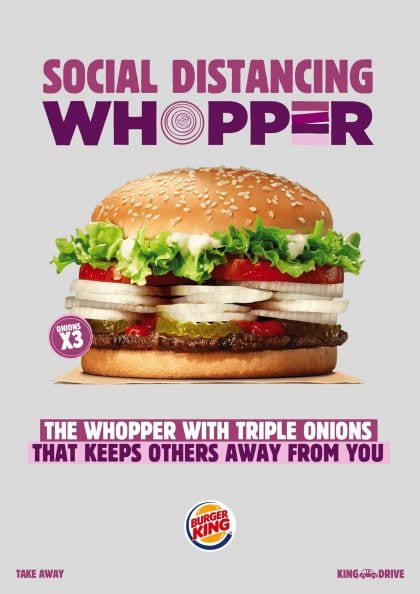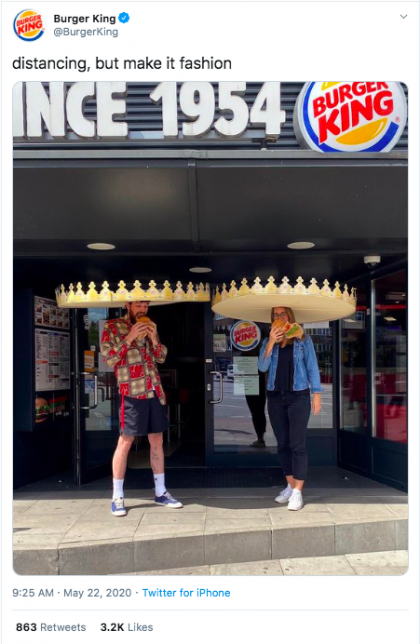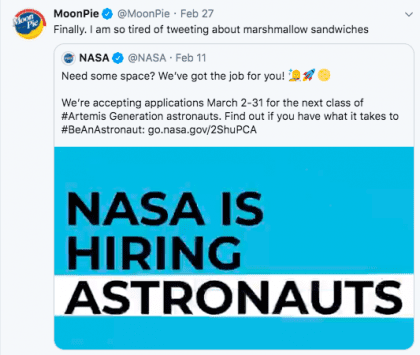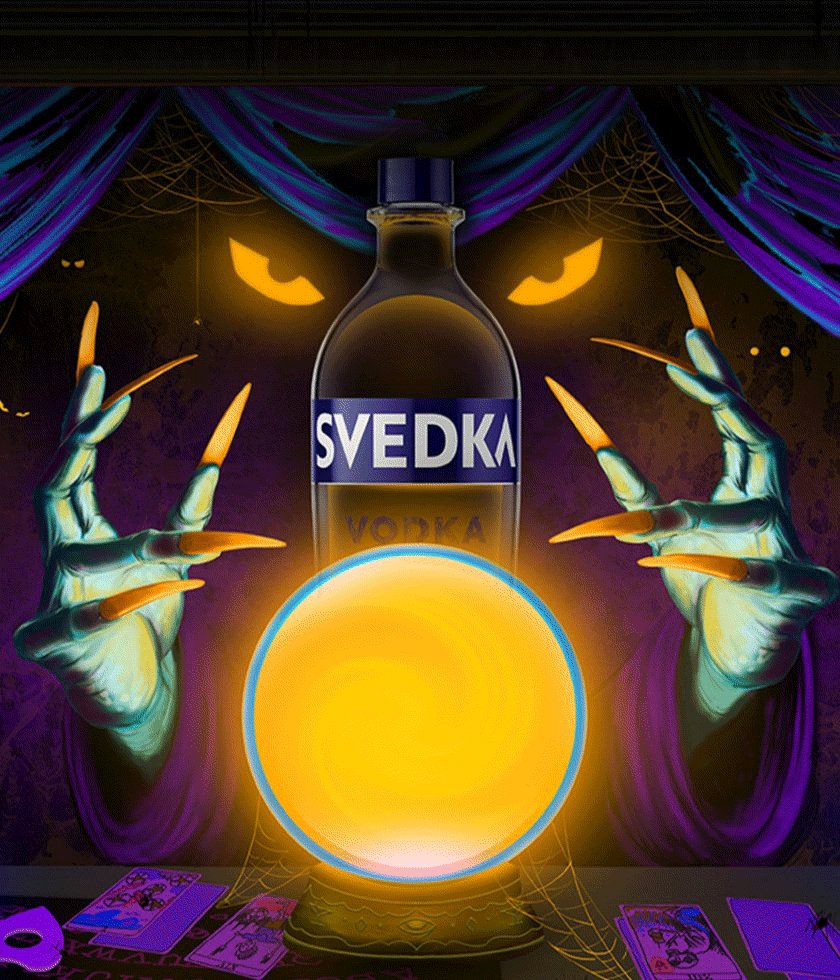4 brands with outstanding social media marketing campaigns [and why they work]

It’s well known that having a strong social presence increases brand awareness, loyalty, and consumer engagement but being able to come up with unique campaigns that play to these areas can be a challenge for both small and large companies alike.
There’s no magic formula for creating a viral or even just a successful social media campaign. There are millions of pieces of content released everyday online all vying for consumer attention. While the sheer number of content can seem overwhelming, it’s the fact that brands can get their information in front of so many eyes online that pushes people to think outside the box for their marketing campaigns.
While you never want to copy what other brands are doing for their campaigns, it’s important to understand the space and how advertising is evolving. That’s why today we’re looking at four brands that use social media the right way to promote their company and products across a variety of platforms.
Below are 4 brands with outstanding social media marketing campaigns
- Burger King (Twitter)
- American Express (Facebook)
- Moonpie (Twitter)
- Chipotle (TikTok)
What makes a campaign successful?
Before even starting the brainstorming process for a campaign it’s important to distinguish what the main purpose of the content is. Are you looking to expand awareness, drive sales, increase engagement, or convert new leads? Social media is a great way to support other SMART goals or KPI’s your company is looking to hit each quarter.
Consider what audience you’re looking to reach when figuring out what platform you want to post on. If the content is geared towards executives, putting a campaign on trendy apps like Tik Tok is probably not going to align. Take the time to do research about where your consumer base is spending their most time to know how to cater your campaign to that specific audience. Take into account the unique ecosystem of each platform. What types of content do people typically consume there and does this campaign line up with what consumers want?
Success means something different for every campaign based on what the content is looking to drive. Utilizing social media analytics is a great way to be able to track key measurable metrics for your campaign that you can then report back to leadership.
1. Burger King (Twitter)
Being adaptable is so important when it comes to social media. Trends and topics are constantly changing as people move through content. With the 2020 coronavirus outbreak, Burger King was very adept at pivoting their marketing ideas to fit with the tone of this unpredictable period while keeping things light and fun.
Burger King focused on how customers could embrace social distancing while also engaging with the brand. They released two pieces of content that highlight how to change a setback into a boost forward. The first utilizes their iconic paper crowns, given out with meals. But, instead of being the standard size they are almost four times as large. This fun twist on a Burger King tradition helps to promote social distancing in a more approachable manner.
The second piece of content was released in Italy soon after stay-at-home orders were lifted. The campaign features their popular Whopper burger with an excessive amount of onions — a meal that would inevitably force those around you to keep their distance.
Why it works
What makes this campaign so successful is the fact that it encourages consumer interaction. Although it’s a digital campaign, it crosses over into the physical store — because the over-sized crowns not only prompt consumers to share their fun experience online it also gives them a reason to go and buy their products. The success of the campaign isn’t dependent on online consumer engagement.
In a similar way, the “social distancing Whopper” provides consumers an opportunity to experience the brand through their products in a fun and playful way. There are mixed opinions on having onions on burgers but everyone can get behind the fact that 3x the onion is probably too much onion — we’d be keeping our distance too.
Both of these campaigns seamlessly combine time relevancy as well as brand authenticity which is what consumers look for when interacting with brands online. You don’t want content that feels fake or disingenuous just to fit with a trend or period of time. Make sure to figure out how you can spin it to make it your own and that it still fits with your brand identity.
2. American Express (Facebook)
American Express’ #EverdayCongrats with Tina Fey capitalizes on platform data by curating short video clips to congratulate millennials on life’s little milestones. We know that Facebook can have very targeted ads but creating a campaign that uses that information so well had not been done before. This campaign takes its target audience and their demographics into account for every video made. Short, sweet, and simple, these videos are the perfect bite-size piece of content to share with friends and family.
Why it works
Content that is relatable without feeling forced performs well on social media because it brings people together and gives them a reason to tag friends or family that it reminds them of. The Everyday Congrats campaign does just that. By taking moments, like hosting your first dinner party, that many people can connect with it in turn creates a stronger brand connection with people because it feels like AmEx understands their experiences more. Life is inherently a little messy and having a brand recognize that, while also highlighting how they can support you, is an effective way to promote brand loyalty.
3. MoonPie (Twitter)
Some social media campaigns don’t need visuals to drive engagement. Especially on platforms like Twitter that are more text-based, this is where brand voice and having a strong personality online trumps more traditional digital marketing tactics. MoonPie is a perfect example of how a small brand can make big waves by having the right person in control of their Twitter page. Constantly on top of current topics, MoonPie is witty and plays to digital and meme culture with the way they approach interacting with consumers and other brands.
Why it works
Having self-aware content is not something inherently new for brands, Denny’s was one of the first to take on a very strong chaotic neutral energy on Twitter that brought them digital fame. MoonPie takes a similar approach with their content by staying on top of internet humor and acknowledging that their brand isn’t the most well-known in the snack space.
In creating this niche persona around themselves they create a culture that people can connect to, whether it’s because they really love the product or they just appreciate the fun content they produce. It piques people’s interest and increases brand awareness and recognition.
4. Chipotle (TikTok)
TikTok is all the hype these days with every marketing site telling brands to jump on board and produce content there. The fact that it’s still a fairly young platform with fewer brand campaigns makes it so powerful right now and offers an opportunity for more brands to stand out. The sky’s the limit and if you understand the types of content that performs well and what people want to engage with you can expand your brand reach exponentially.
Chipotle partnered with top TikTok influencers to promote their Halloween burrito special by encouraging people to dress up and show off their Chipotle order afterward. Every TikTok follows the same general outline with someone looking really put together like they’re going to go out and when the beat drops they’ve transformed into some kind of crazy costume and have their Chipotle order in hand.
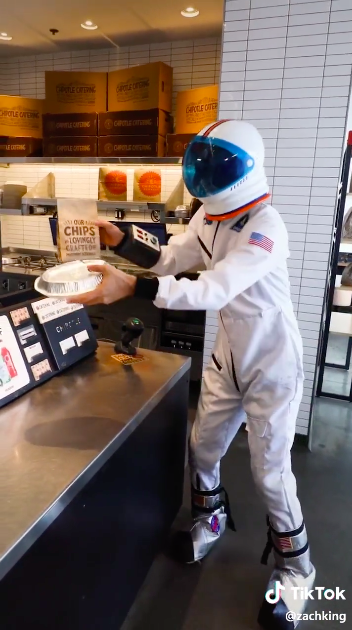
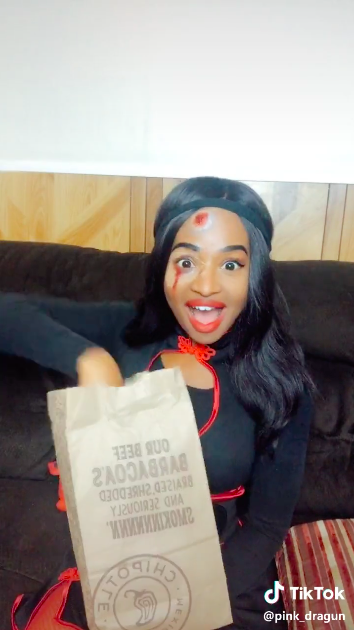
Why it works
TikTok content thrives off of being repeatable, just like your standard memes are. The reason why this campaign worked so well for Chipotle was that it felt native to the standard TikTok setup and was something that anyone on the platform could go out and create themselves.
Like many of the other successful social media campaigns, it works through user engagement. Perhaps they saw one of their favorite TikTokers make the video and decided to go out and make their own. Although it is an ad, it doesn’t feel overly salesy — which can turn people off from a campaign. What makes it integrate so easily into TikTok is that users can make the campaign their own while still promoting Chipotle’s brand. It’s a win-win for the consumers and the company because consumers can have fun and get a deal on their order and Chipotle gets unlimited amounts of user-generated advertising.
